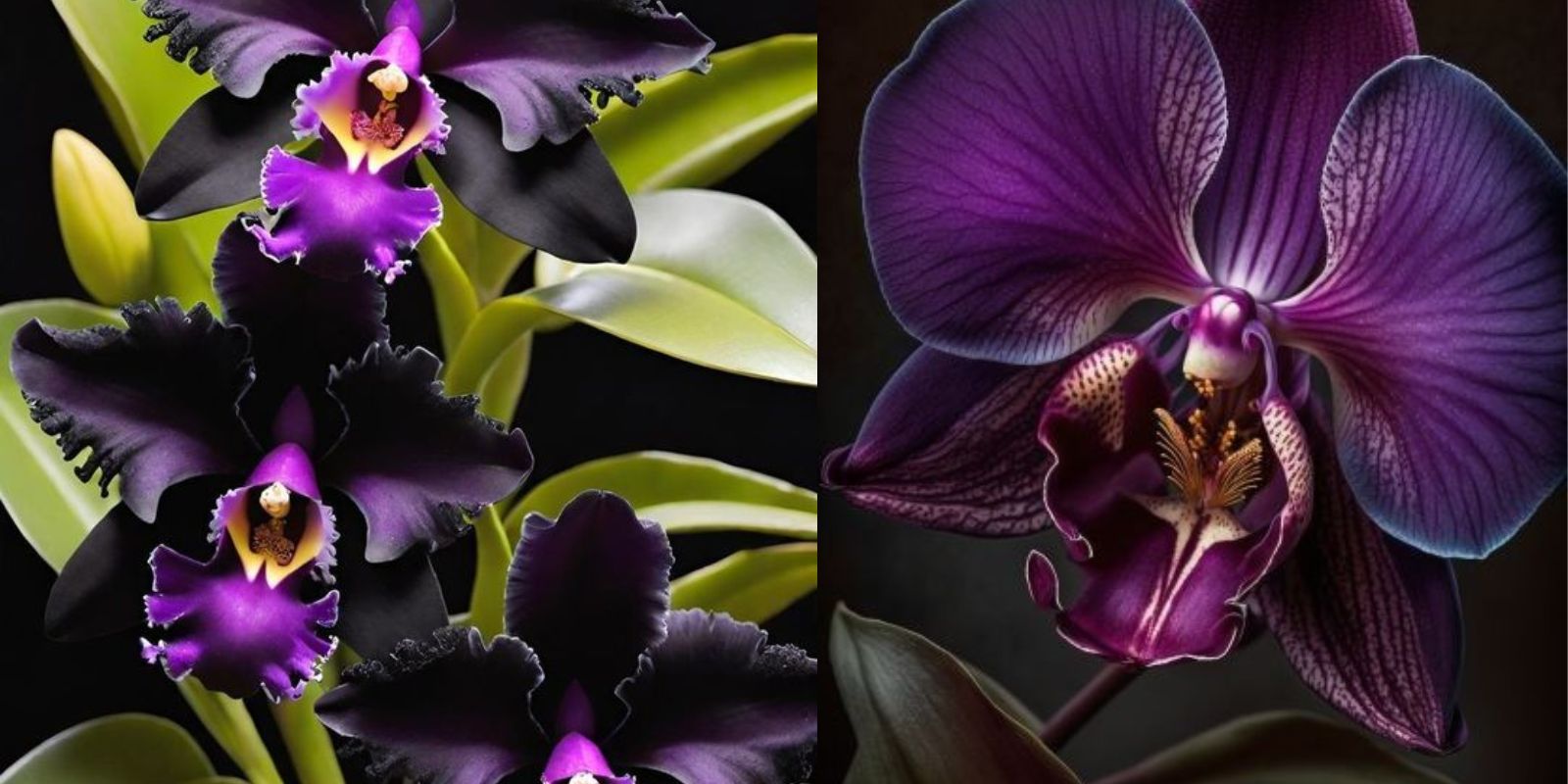The Dracula vampira, often referred to as the Black Dracula Orchid, is an exotic and intriguing plant that captivates orchid enthusiasts and gardeners alike. Native to the cloud forests of South America, this unique orchid is renowned for its dark, hauntingly beautiful flowers that resemble a spooky mask. Growing and caring for Dracula vampira can be a rewarding experience, offering a touch of the mysterious and unusual to your plant collection. This comprehensive guide will provide you with everything you need to know to successfully cultivate this remarkable orchid.
Introduction to Dracula Vampira
The Dracula vampira orchid is part of the genus Dracula, which includes over 100 species known for their unique and often eerie flower shapes. This particular species is distinguished by its dark, almost black flowers with a striking appearance. Native to the high-altitude cloud forests of Colombia and Ecuador, Dracula vampira thrives in cool, humid environments, making it a fascinating addition to indoor gardens and specialized orchid collections.
1. Creating the Perfect Environment
Temperature:
Dracula vampira thrives in cooler temperatures that mimic its natural cloud forest habitat. Aim to keep the temperature between 15-24°C (59-75°F). Avoid exposing the plant to extreme temperature fluctuations, as this can stress the orchid and hinder its growth.
Light:
This orchid prefers low to moderate light. In its native environment, it grows under the canopy of trees, receiving filtered sunlight. Place the plant in a location with indirect light or use sheer curtains to diffuse direct sunlight. Direct sun can scorch the delicate leaves and flowers.
Humidity:
High humidity is crucial for Dracula vampira. Aim for a humidity level between 60-80%. This can be achieved by using a humidity tray filled with water and pebbles placed under the plant pot or by using a room humidifier. Regular misting of the plant can also help maintain humidity.
2. Preparing the Growing Medium
Orchid Mix:
Dracula vampira requires a well-draining growing medium that mimics its natural growing conditions on tree branches. Use a specialized orchid mix, which typically consists of bark, sphagnum moss, and perlite. This combination provides excellent aeration and drainage, preventing root rot and ensuring healthy root development.
Repotting:
Repot the orchid every 1-2 years or when the growing medium starts to break down. Choose a pot with drainage holes to allow excess water to escape and avoid waterlogged conditions. Gently remove the orchid from its current pot, clean the roots, and place it in fresh orchid mix. Ensure that the roots are spread out and not crowded in the pot.
3. Watering and Feeding
Watering:
Watering is a critical aspect of caring for Dracula vampira. The growing medium should be kept moist but not soggy. Water the orchid when the top inch of the growing medium feels dry. Avoid overwatering, as this can lead to root rot. Ensure the pot has good drainage to allow excess water to escape.
Feeding:
Fertilize the orchid with a balanced orchid fertilizer every 2-4 weeks during the growing season (spring and summer). Follow the manufacturer’s instructions for the correct dosage. Reduce feeding during the dormant period (fall and winter) to avoid over-fertilizing. Avoid applying fertilizer directly to the leaves, as this can cause leaf burn.
4. Humidity and Air Circulation
Maintaining Humidity:
As mentioned earlier, Dracula vampira requires high humidity to thrive. Use a humidity tray or room humidifier to maintain the desired humidity levels. Placing the plant on a humidity tray filled with water and pebbles helps to increase the local humidity around the plant. Regular misting can also support humidity levels, especially during dry periods.
Air Circulation:
Good air circulation is essential to prevent fungal and bacterial issues. Ensure that the plant is placed in a location with adequate air movement. Avoid overcrowding plants, as this can restrict airflow and increase the risk of disease. Using a small fan in the room can help improve air circulation.
5. Managing Pests and Diseases
Common Pests:
Dracula vampira is susceptible to common orchid pests such as aphids, spider mites, and mealybugs. Inspect the plant regularly for signs of pests. Use insecticidal soap or neem oil to treat infestations. For spider mites, increasing humidity can help deter these pests.
Diseases:
The orchid may also encounter fungal and bacterial diseases, including powdery mildew and root rot. To prevent powdery mildew, maintain good air circulation and avoid overhead watering. For root rot, ensure proper drainage and avoid overwatering. Remove any affected plant parts promptly and treat with appropriate fungicides if necessary.
6. Enjoying Your Dracula Vampira
Aesthetic Appeal:
The Dracula vampira orchid is a stunning addition to any orchid collection or indoor garden. Its dark, dramatic flowers make it a focal point and conversation starter. The unique appearance of the flowers, which resemble a mask or face, adds a touch of the exotic to your plant display.
Flowering:
The orchid typically blooms in the late summer to fall. The flowers have a long-lasting presence, and their dark color provides a striking contrast against the green foliage. Enjoy the beauty of the blooms and the intrigue they bring to your space.
Conclusion
Cultivating the Dracula vampira orchid is a rewarding experience that allows you to grow and care for one of the most unusual and captivating orchids available. By providing the right environment, preparing the appropriate growing medium, and following proper care techniques, you can enjoy the unique beauty of this exotic plant. Its dark, mysterious flowers and intriguing appearance make it a standout addition to any garden or indoor collection.
Feel free to share your experiences or ask questions in the comments below. Happy gardening! 🌑🌸

